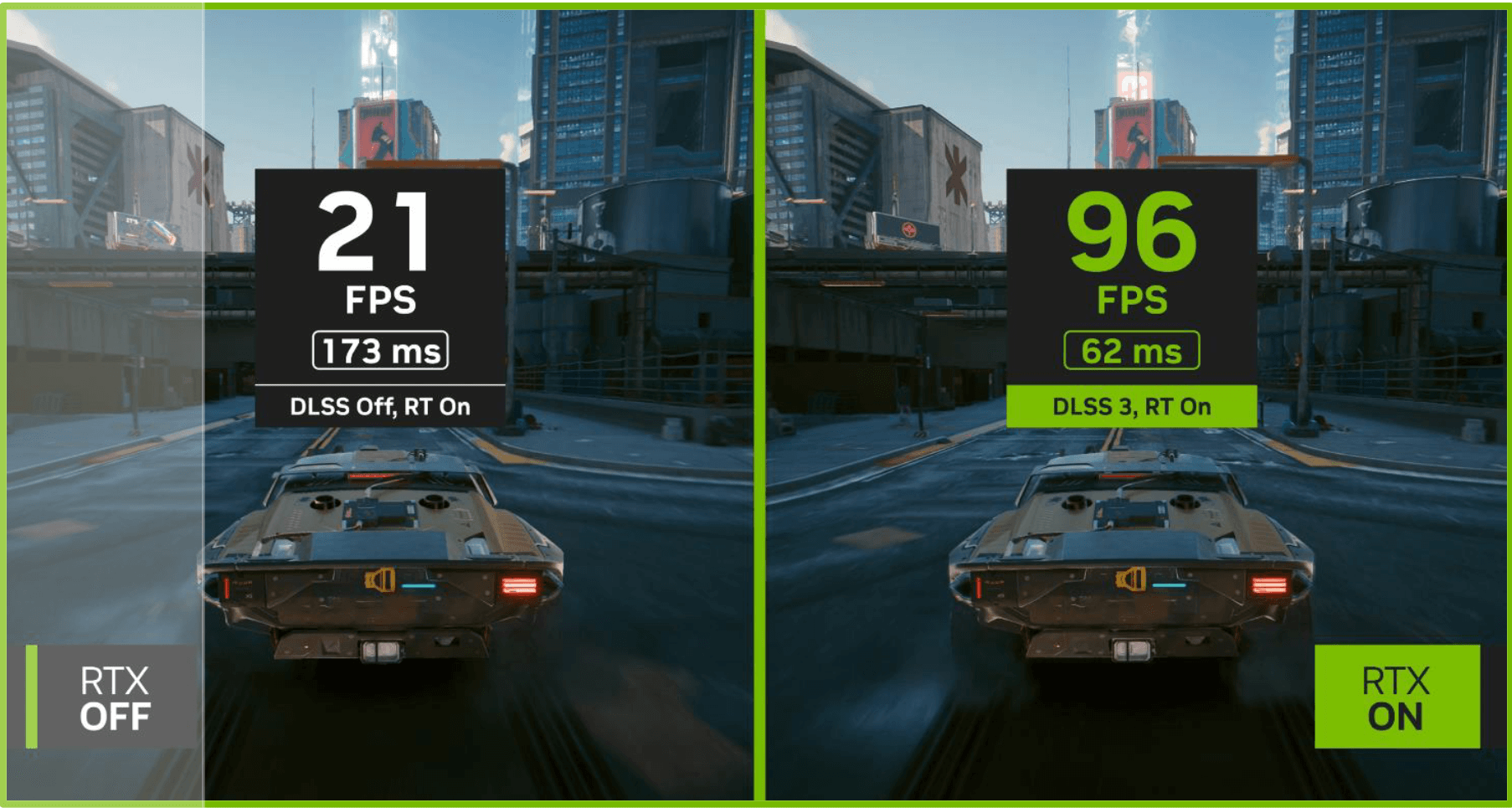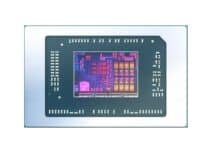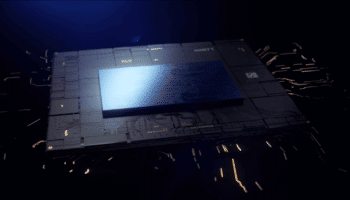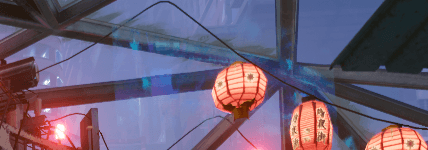
A closer look at the power line gives us a better look at the ghosting caused by DLSS 3. Once again, DLSS 2 does have the same artifact but on a much less noticeable level.
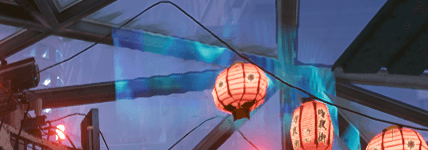
Here’s another example of where DLSS 3 doesn’t fare that well. The yellow frame and iron grating of the window below suffer from a different kind of artifact caused by the same phenomenon:
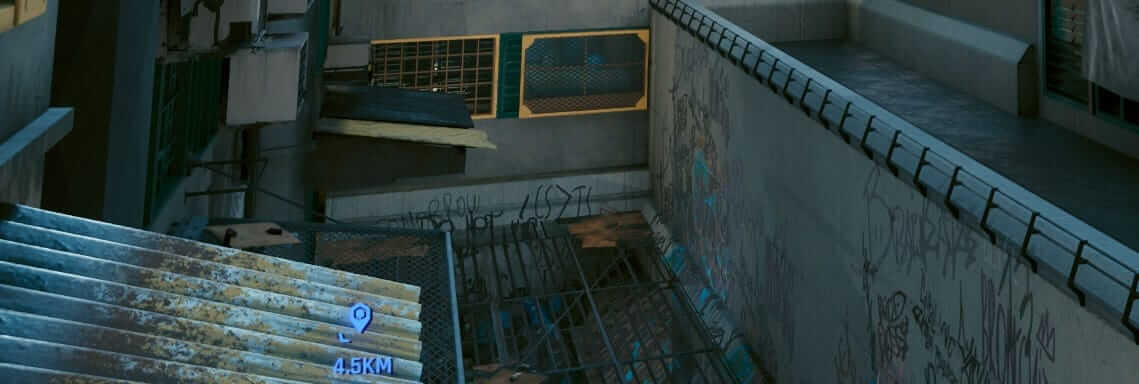
The edges of the window look blocky and aliased, almost like a jigsaw with incomplete pieces. It’s only visible in the DLSS 3 version due to the incorrect calculation of the intermediate frame.
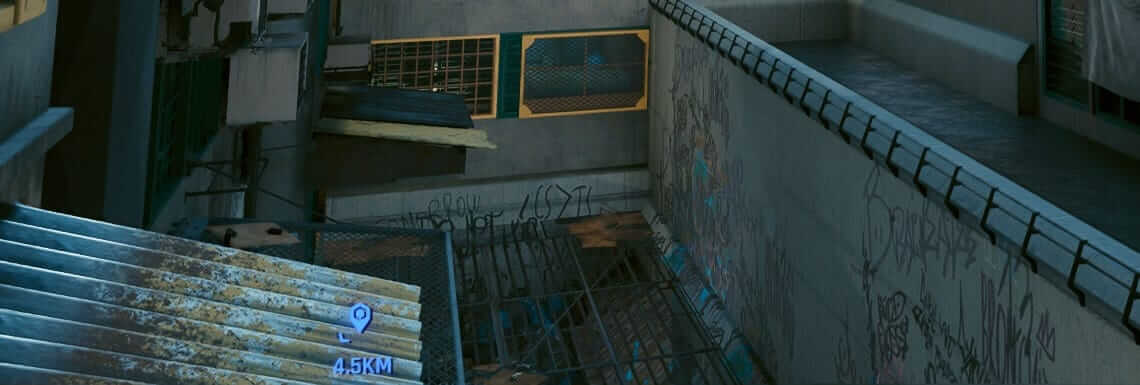
You’ve got two frames, one where the window frame is slightly higher or lower than the other. The intermediate frame rendered is essentially an average of the two below artifacts. The optical flow data is meant to prevent this problem, and it does, just not entirely.
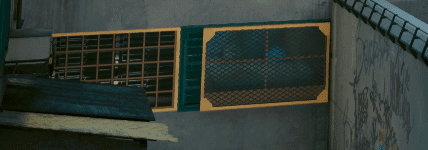
Once again, DLSS 2 proves to be superior in image quality to its newly announced successor.
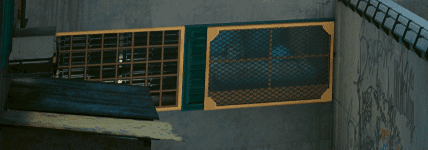
DLSS 3 is a landmark achievement in advanced 3D graphics and upscaling technologies. It has a couple of flaws but nothing game-breaking. Seeing just how far DLSS has come over the past couple of years, it won’t be long before its latest iteration overcomes these minor obstacles. Not long before the delusion looks just like or even better than reality.
